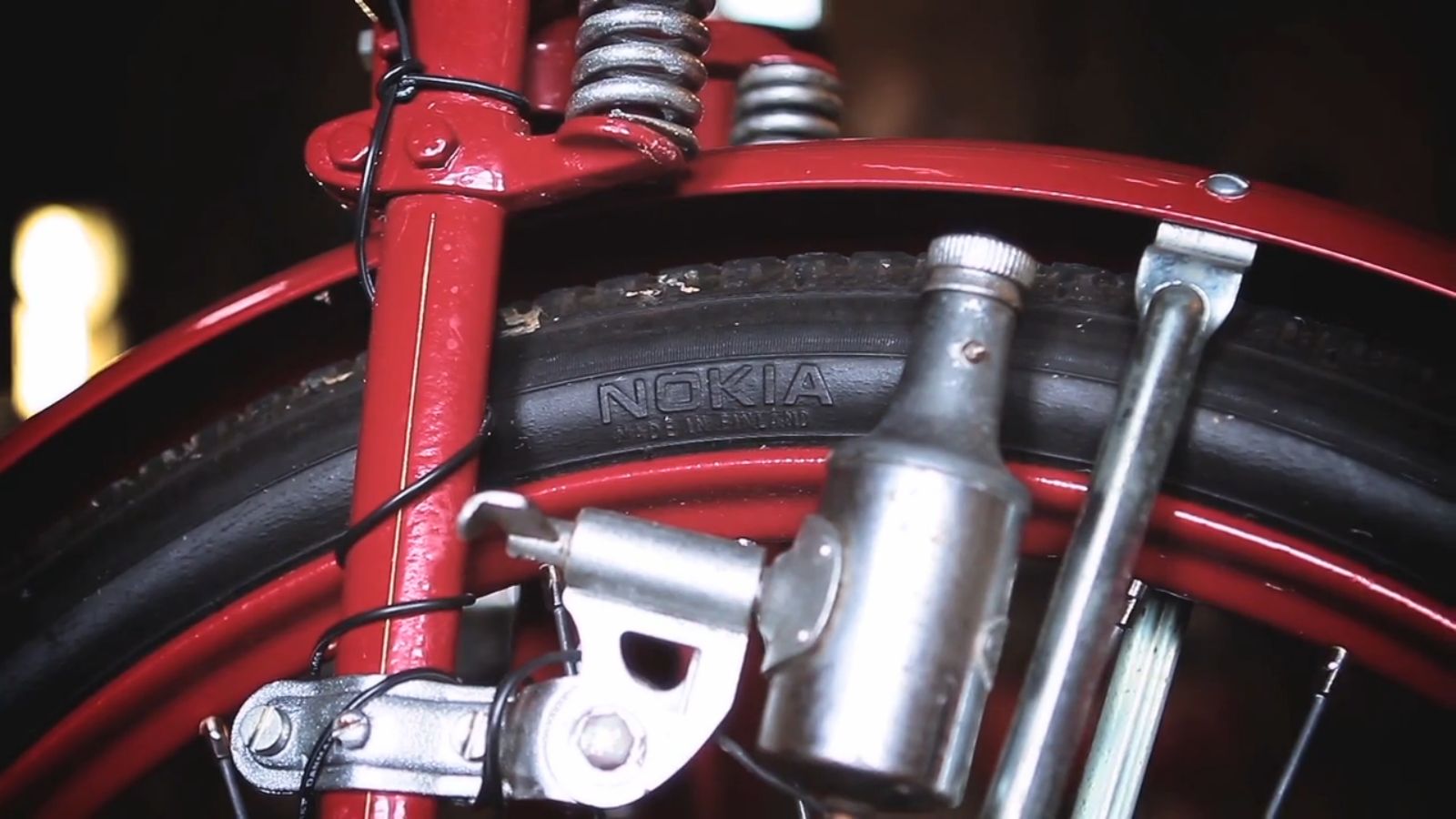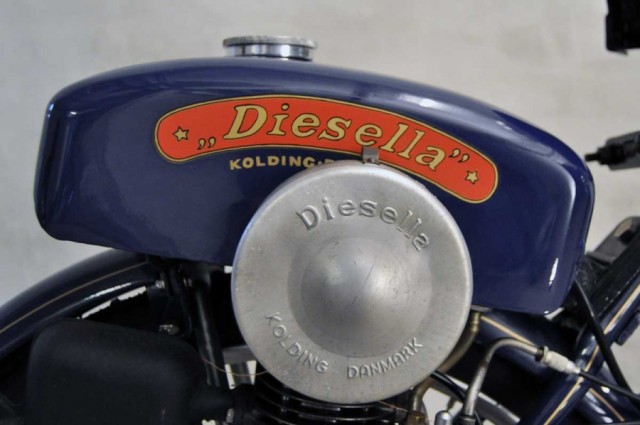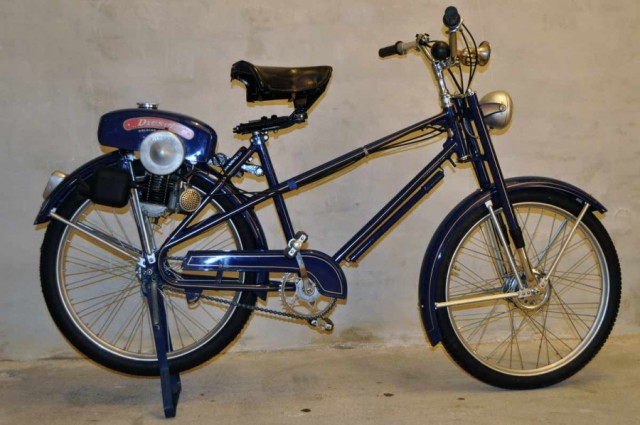The Nokia Corporation started as a conglomerate formed in 1967 as the result of a merger between Finnish Rubber Works, Finnish Cable Works and the Nokia Company. This was the period when Nokia – the name that of actually a small town in Finland – was making bicycle and car tyres, electric cables, machinery for power generators, the M61 gas mask for the Finnish Army in addition to a number of other things. It was in the late 1980s that the tyre business split off into ‘Nokian Tyres’, a company now famed for its winter tyres, with their most recent achievement being that of setting the World’s Fastest On Ice record with a speed of 331.61 km/h in an Audi shod with Nokian Hakkapeliitta 7 studded tyres.
Lest we put off the purists, we should point out that ‘motorized bicycle’ might be a ‘loose’ term. These machines are better known as bicycles with auxiliary engines and thus ‘Auxiliary Cycles’. Diesella, a manufacturer based out of Kolding in Denmark was famed for its revolutionary engine introduced in the late 1940s, that could be mounted on any bicycle. These engines were fondly referred to by the press as “Den revolutionerende lilleput Cyklemotor” or “The revolutionary Lilliputian Cycle Engine“.
Back to the beautiful fuel tank, it would seem the fuel tanks were not made by Diesella itself, but by ‘Brdr. Petersen’ a company that was also known as BP Toys. Yes, a toy maker! Three brothers Svend Aage – Thorkild – and Christian Petersen started out with Brdr. Petersen making some charming toy cars, motorcycles and tractors. While the toy business did fantastically for a period of time, with big names like BP, the London based energy company commissioning BP Toys for scale models of a BP Tanker, BP Petrol Pump and a BP Truck carrying bottles made of wood.
By 1950, the firm was looking to other profitable ventures and soon ended up being a supplier of fuel tanks for Diesella. After the initial batch of 10000 tanks, which were so good, the company is said to have expanded its workforce to 10-12 employees who welded the tanks throughout the day unto the late 1960s.
Sources
1. Jonathan Henning via MNB
2. Lene Bøgh Sorensen What a fantastic image of the Diesella tank
3. veteranknallert.dk Should be your first destination for any info on all things to do with auxiliary bicycle.





